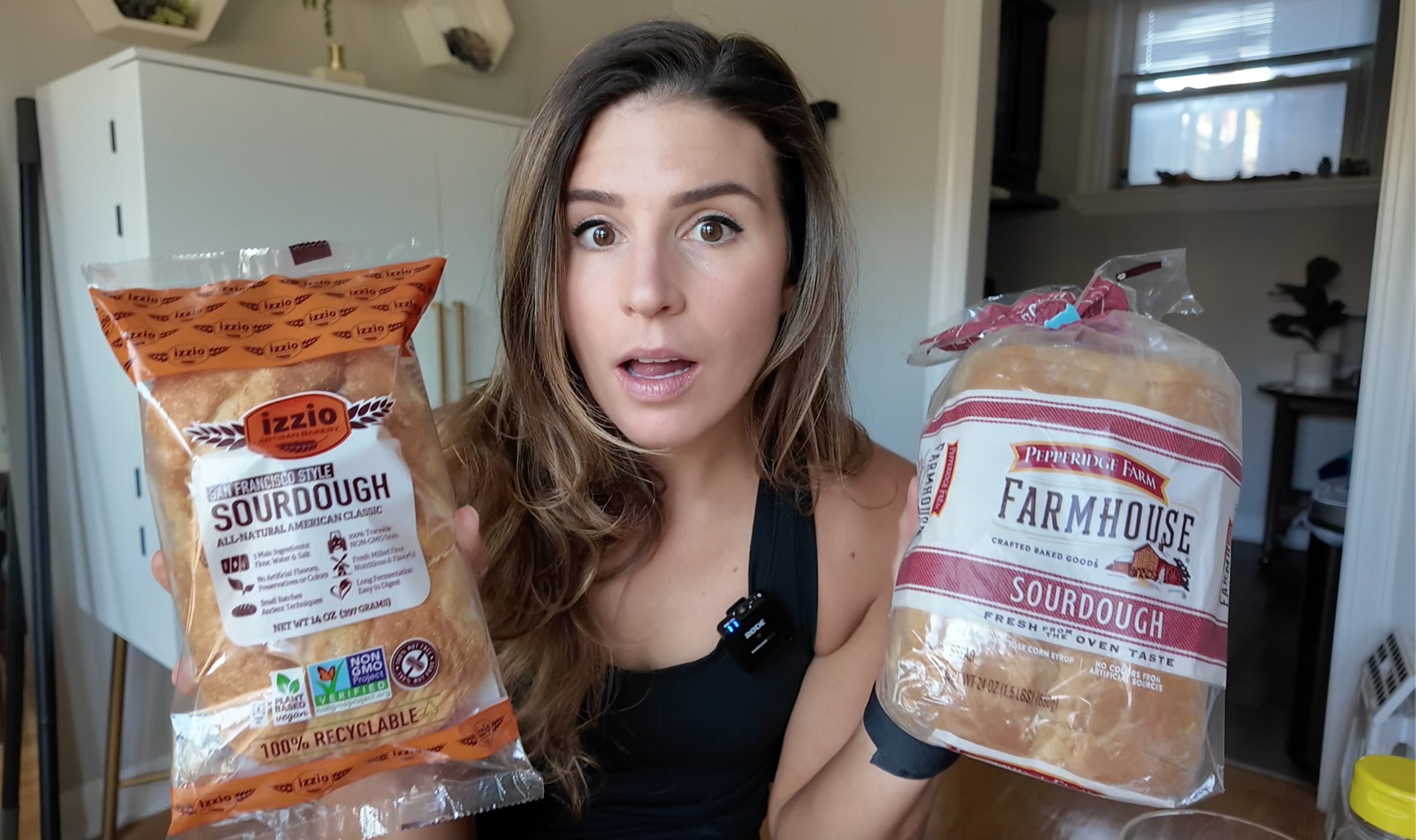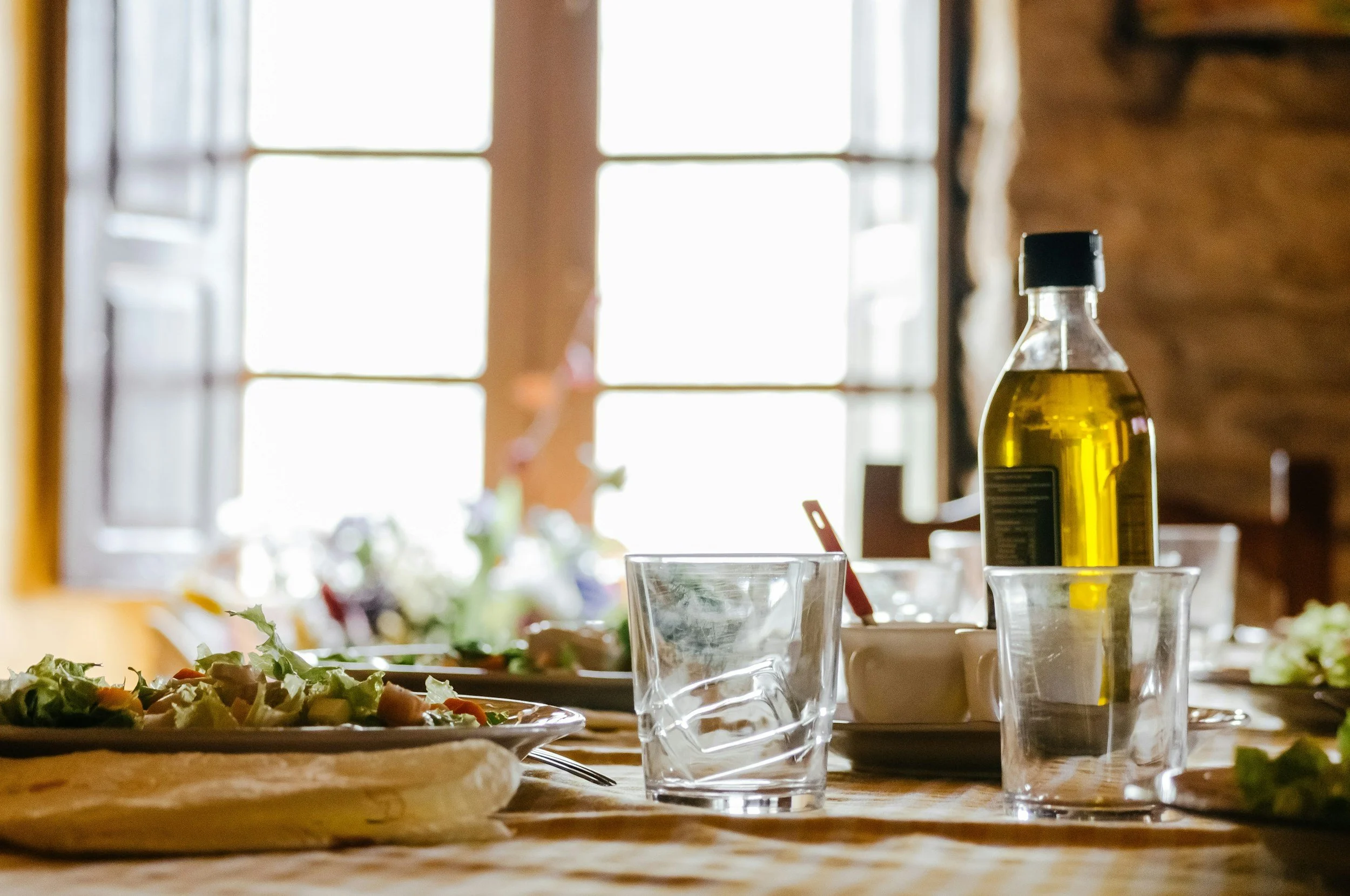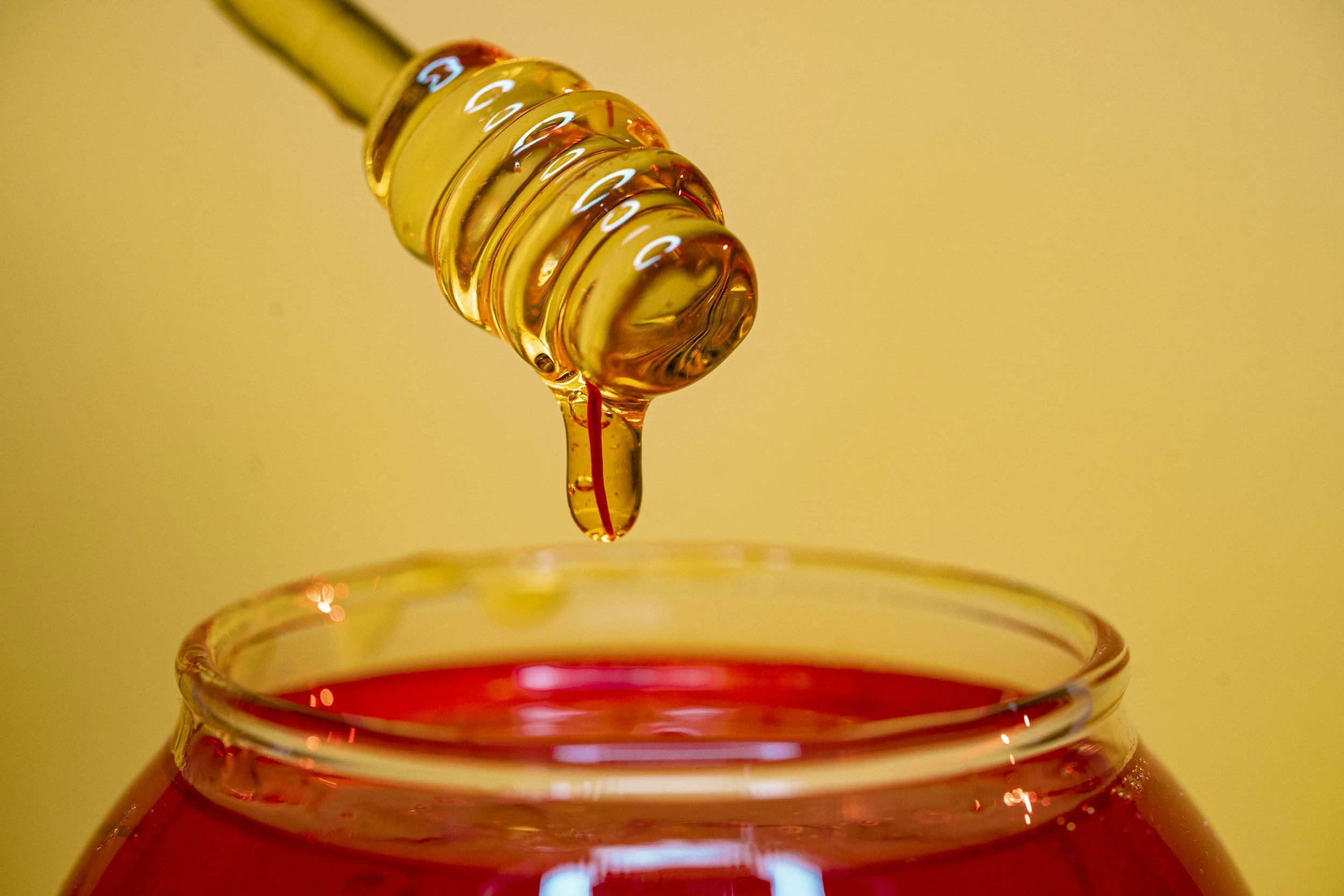Food Fraud Exposed: How to Spot Fake Sourdough, Olive Oil, and Honey
This blog is based on a video from my YouTube channel. If you prefer to watch that, click here.
What If Your “Healthy” Foods Are Secretly Fake?
You head to the store, pick up a loaf of sourdough, a bottle of extra virgin olive oil, and a jar of honey — and feel good about your healthy choices. But what if those labels are lying to you?
Food fraud — the deliberate misrepresentation of food for profit — is more common than most people realize. It wastes your money, undermines trust, and in some cases, impacts health. In fact, global food fraud is estimated to cost the industry up to $40 billion every year.
In this post, I’ll walk you through three everyday foods that are often faked — sourdough, olive oil, and honey — and show you exactly how to spot the real thing.
What Is Food Fraud?
Food fraud includes practices like:
Counterfeiting products
Diluting or blending with cheaper ingredients
Substituting lower-quality ingredients
Mislabeling origins or processes
It tends to cluster around high-value foods — think spices, fish, wine, olive oil, and honey. Because these foods command premium prices, unscrupulous producers can cut corners or mislead consumers to boost profits.
Let’s break down three of the biggest offenders.
1. Real vs. Fake Sourdough Bread
Sourdough has become popular not just for its tangy flavor but also for its digestibility. Real sourdough is made through a slow fermentation process (usually 24+ hours) with a natural wild-yeast starter. This time allows beneficial microbes to:
Make minerals more bioavailable
Lower the glycemic impact by slowing glucose release
Partially predigest gluten, making bread easier to tolerate for some people
How fake sourdough sneaks in:
Many supermarket “sourdough” loaves are just standard white bread with commercial yeast, dough conditioners, added sugars, and preservatives.
The result? A uniform, fluffy texture, long shelf life, and little to none of the digestive benefits.
How to spot real sourdough:
Short ingredient list: flour, water, salt, sourdough starter
Red flags: yeast, dough conditioners, added sugars, “enriched” flours
Texture: irregular holes, chewy crumb, crispy crust
Shelf life: real sourdough goes stale naturally — it won’t stay soft for weeks
Where to buy: Ask your local bakery about fermentation time, or consider baking it yourself.
2. Olive Oil Fraud: Why “Extra Virgin” Often Isn’t
Olive oil is one of the most commonly faked foods worldwide. True extra virgin olive oil (EVOO) requires high-quality olives, milled quickly without heat or chemicals, and stored away from light and heat.
Because EVOO commands a premium, some producers cut corners by:
Mixing in old, oxidized oils
Blending with low-grade seed oils
Mislabeling origin (e.g., “Packed in Italy” doesn’t mean Italian olives)
How to shop for real olive oil:
Look for a harvest date (fresher is better, ideally used within 12–18 months)
Choose dark glass bottles or tins, not clear bottles sitting under bright store lights
Prefer single-origin oils with certifications (PDO, PGI, or reputable seals)
Taste test: good EVOO should be grassy, bitter, and leave a peppery tickle at the back of your throat
Accept that quality EVOO costs more — it’s not cheap to make properly
3. Honey Fraud: Sweet… or Syrup?
Honey seems simple, but it’s one of the most adulterated foods globally. Cheaper sugars — like corn or cane syrup — are often blended into honey to bulk it up. A European Commission report even found that 46% of honeys imported into Europe were adulterated.
The problem with viral “home tests”:
You may have seen TikTok hacks claiming you can test honey by crystallization, flame tests, or blacklight glow. Unfortunately, these aren’t reliable. Even scientists from the American Chemical Society found that home methods can’t conclusively detect fraud.
How real tests work:
Scientists use stable isotope analysis to detect whether honey’s carbon signature comes from nectar (C3 plants) or added corn syrup (C4 plants).
Practical shopping tips:
Buy from trusted local beekeepers or brands with transparent sourcing
Be wary of ultra-cheap honey with vague labels like “blend of EU and non-EU honeys”
Crystallization is normal — in fact, it’s often a sign the honey is raw and unprocessed
Rapid-Fire Checklist (Screenshot This!)
Sourdough → Flour, water, salt, starter only. Avoid yeast, conditioners, sugars. Look for irregular crumb & crisp crust.
Olive Oil → Harvest date, dark bottle, specific origin, peppery taste. Avoid clear bottles & vague “packed in” labels.
Honey → Transparent sourcing, reasonable price, local producers. Avoid ultra-cheap blends or vague origins.
Why This Matters
This isn’t about fear. It’s about being an informed shopper. Choosing the real versions of these foods supports honest producers, enhances taste, and can make a tangible difference in your health.
Food fraud doesn’t stop at bread, oil, and honey. Spices, coffee, and fish are also commonly misrepresented.
👉 Want me to dig into those in Part 2? Comment below or share your experiences with fake foods — I’d love to hear them.



